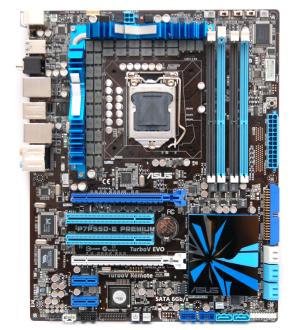Jansen Ng

Forget Intel, mobo makers will go on their own
Technology enthusiasts are the first to adopt faster interfaces. Interface speeds increase every couple of years, and it is no surprise that an upgrade cycle usually follows. No one wants to get stuck with an older interface, especially if they are planning to keep their motherboard for several years.
USB 3.0 and 6 Gbps SATA are both getting speed increases this year in an unusual two-for-one special. USB 3.0 introduces the SuperSpeed mode, which provides raw throughput of 4.8 Gbps versus the measly 480 Mbps of USB 2.0. The USB interface uses 8b10 encoding, so with overhead USB 3.0 will top out at 400 MB/s. This standard will quickly be adopted by USB flash drives and digital cameras due to the large amounts of data involved.
The case for 6 Gbps SATA isn't as strong, unless you're into Solid State Drives. While Seagate has shipped the world's first hard drive to support the new standard, it uses magnetic storage and is only able to use the extra bandwidth when reading from cache. However, SSDs have been bandwidth limited since early this year, and SSDs supporting the new interface should have transfer speeds over 500 MB/s.
ASUS and Gigabyte were both showing off motherboards supporting USB 3.0 and 6 Gbps SATA during the Computex trade show in June. They both announced several motherboards last week, and the boards are available in volume. All of these boards use NEC's USB 3.0 host interface controller introduced in June.
ASUS is now shipping the P7P55D-E Premium using Intel's P55 chipset and the P6X58D Premium using the X58 chipset. The P55 chipset only supports the first generation of PCIe with single lane bandwidth of 250 MB/s, so ASUS uses a PLX8613 bridge chip and four PCIe lanes to optimize the throughput potential of the new interfaces.
The company is also making its U3S6 expansion card available for all P7P55D series motherboards. It will plug into a PCIe x4 or x8 connector and add two USB 3.0 and 6 Gbps SATA ports.
Gigabyte is also shipping seven motherboards in its P55A series supporting the new technologies. They have decided against using a bridge chip, but their implementation means you will be unable to use a second PCIe x16 slot for CrossFire or SLI.
Meanwhile, problems at Intel have delayed new chipsets that will use these new technologies until the beginning of 2011. Solutions from motherboard manufacturers will have to do for now.





